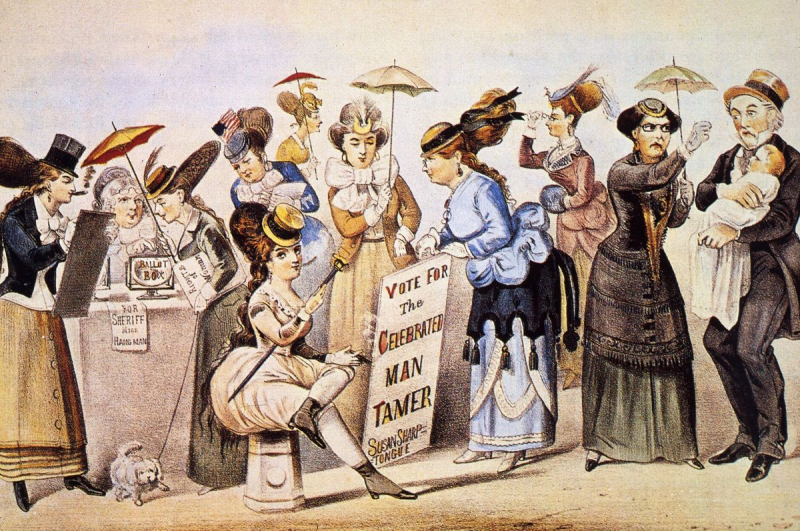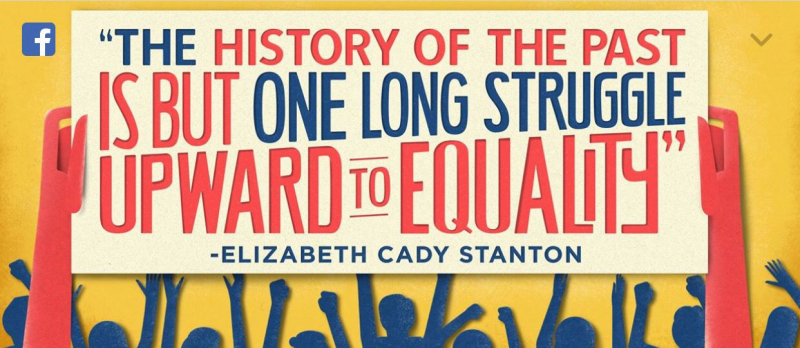Tea party, which led to the first woman's rights convention in America
"A Convention to Discuss the Social, Civil, and Religious Condition and Rights of Women" was announced by Cady Stanton, Mott, and their associates. In the ten days following the tea party, more than 300 people showed up (also known as the Seneca Falls convention). The first day, scheduled for July 19, was an all-women debate, while July 20 was a public day. Stanton was also introduced to a new world of activism by Mott and her large network of Quaker and anti-slavery allies at the First Woman's Rights Convention, including the M'Clintocks, Hunts, Posts, deGarmos, and Palmers. They tried to fulfill the Declaration of Sentiments' mandate to "hire agents, circulate pamphlets, petition the State and national Legislatures, and seek to enlist the clergy and the press" between 1848 and 1862.
Between 1850 and 1862, they formed, wrote to, or attended national conventions in Rochester, Westchester, Pennsylvania, and Syracuse. Stanton met Susan B. Anthony, started wearing the Bloomer costume, and penned essays about divorce, property rights, and temperance. She and Anthony were honing their methods by 1852 such that she could write the speeches and he could deliver them. She spoke at the Albany New York State Woman's Rights Convention in 1854 and discussed the legal limitations that women faced at the time. Her speech was printed, published, distributed as a tract, and it was also handed to legislators in the New York State legislature. Despite the failure of an 1854 campaign, 1860 saw the passage of a complete overhaul of the rules governing women. By 1862, most of the reforms were repealed. The Stantons moved from Seneca Falls to New York City in 1862, following a federal appointment for Henry Stanton.











